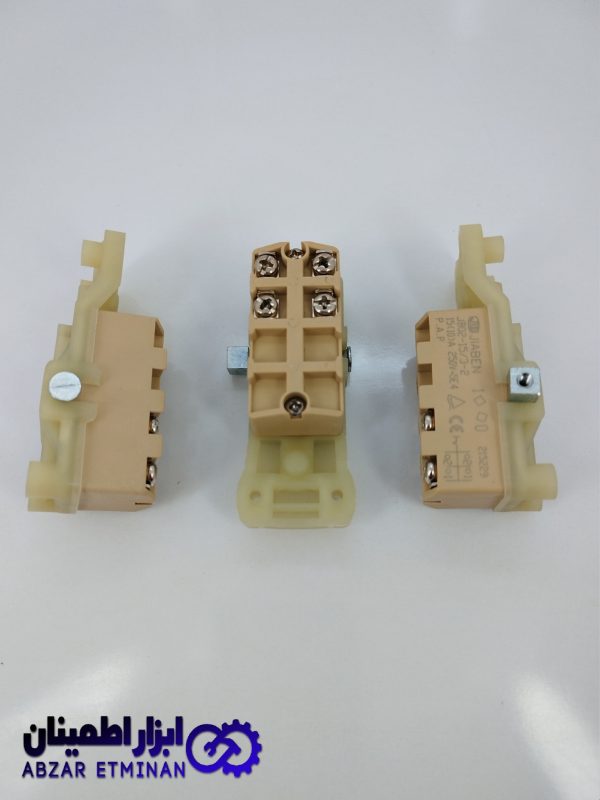Kiting 101: understanding the concept and protecting yourself from its impact
.jpg)
If caught, John could face significant penalties, including criminal charges, fines, and potentially imprisonment. Carried out within the banking system, kiting typically involves passing a series of checks at two or more banking institutions, using accounts that have insufficient funds. Relying on the float time required for a check deposited at one bank to clear at another, the kiter typically writes a check at the first bank against an account at the other. In addition, laws in various states relate to credit card stacking indirectly. For instance, many states have laws regarding debt collection practices, which could impact cardholders if they accrue substantial debt from using multiple credit cards. Always consult with a knowledgeable attorney to understand the applicable state laws where you reside.
Dangers of kiting: today’s impact
- The effects are not limited to legal penalties and damage to credit scores, but also have a long-term impact on one’s financial health.
- In this case, the kiter is delaying legally due balances, and potentially, interest payable to the credit card bank; or, in the cited extreme case, using the credit card proceeds to earn interest at both banks’ expense.
- We will cover the necessary steps to take, including contacting your bank, filing a report with the authorities, and potentially hiring a professional investigator to help resolve the situation.
- With new technologies such as artificial intelligence and machine learning embedded into their banking ecosystem, financial institutions can flag potential fraud automatically.
- In some cases, if the funds are unrecoverable, financial institutions may have to write off the theft as an expense, absorbing most of the financial impact.
- Unlike check kiting, which is illegal under nearly all circumstances, laws against credit card kiting are not completely prohibitive of the practice, thereby allowing it to be done to some degree.
On the second day, he writes a check in the first bank’s favor, establishing a virtual bank balance. The difference is that float refers to the amount of time it takes for money to move from one account to another, and is a legal and standard part of banking operations. In contrast, kiting manipulates float time to create false balances in an account and is illegal.
Kiting Definition, How It Works With Checks and Securities
.jpg)
By consistently monitoring bank accounts, any signs of potential kiting or fraudulent activities can be swiftly identified and addressed. If your system can flag these behaviors, you’ll be further ahead than most. Additionally, using secure systems for making business payments – like Eftsure – can insulate your organization from the risks of kiting. Even if other members of the bank don’t go through legal channels to seek damages, they may decide to empty their bank accounts and do business with another institution. Falling victim to fraudulent schemes, whether kiting or cybersecurity attacks, almost always ends with a massive decline in brand reputation and a loss of business.
What are the Different Types of Kiting?
- These include frequent large deposits and withdrawals, overdrafts and bounced checks, and suspicious transactions.
- Preventing kiting can be done by implementing stringent checks and policies in place within financial institutions.
- Visualize the way your money moves, and move your business like an expert.
- It’s also important that lawmakers directly attack kiting with new regulations nationwide.
- The financial condition of the debtor at the time the charges are made; 6.
Kiting is a fraudulent banking practice involving the use of non-existent funds in a checking or other bank account. Essentially, it is a scheme where cash is recorded in more than one bank account, but in reality, is either non-existent or is in transit. The crime is committed when the funds are used by the fraudulent party before banks discover the deceit, which can take time due to the “float” time between deposits. Kiting, which can be committed by individuals or businesses, takes advantage of the lag time between when a check is deposited and when the receiving institution clears the funds. Historically, this process took weeks – now, thanks to digital banking, it only takes a few days or less. Kiting’s popularity skyrocketed throughout the mid-1900s, with many famous fraudsters adopting this method to make money fast.
Cash advances
This technique is usually used in conjunction with the other methods we’ll explain below. Kiting is a fraudulent activity that takes advantage of the time delay between writing a check and the funds being deducted. This is often done between accounts in different banks, with the intention of depositing funds before the check clears. For example, an individual may write a check from Bank A to deposit in Bank B in order to cover an overdrawn account, hoping to deposit funds before the check is processed. It’s important to remember that this practice, known as kiting, is illegal. Today, banks have systems in place to detect such activities, and kiting credit cards they also work in cooperation with each other and with law enforcement agencies to prevent and punish such fraudulent acts.
Financial Planning and Analysis (FP&A)
The fraud is then repeated in order to cover check number two and may be sustained in order to stay ahead of the float and fraudulently obtain a series of items and cash withdrawals. If a firm fails to receive securities within the settlement period, it must buy from the open market to net off the transaction. If such firms knowingly fail to buy short securities, it will be considered a delinquent act of kiting money. Profit margins are essential indicators of a business’s financial health, showing the percentage of revenue turned into profit. This guide explores their significance, types (gross, operating, and net), and how to calculate them. Understanding and improving profit margins helps small business owners make informed decisions, set realistic pricing, and manage expenses effectively.
These best practices can help you reap the rewards without falling into a financial pitfall. Additionally, proactively checking your credit report to keep track of all the credit cards you use, and their respective balances and limits, is an effective strategy to maintain proper financial management. However, the Truth in Lending Act requires credit card issuers to clearly disclose the terms and cost of credit to consumers.
Best Practices for Managing Credit Card Stacking: Legal Implications and Strategies
.jpg)
While in some circumstances, the bank/FI may choose to suspend the account and notify the agency for checking accounts of the fraudulent check-kiter activity. They are not permitted to open any further current or savings accounts in that situation. Routine tasks like processing employee salaries and purchasing commodities, among others, may become challenging. While they may also face criminal charges and be imprisoned in cases of serious fraud. When any securities firm flouts regulatory authorities’ three-day settlement deadlines or fails to honor the settlement of a buying-selling transaction, it involves banking financial instruments and can also be done on securities. A bust-out most commonly involves regular credit cards but can also be carried out with a closed-loop store credit card, home equity line of credit (HELOC), or another form of revolving credit.









اولین دیدگاه را ثبت کنید